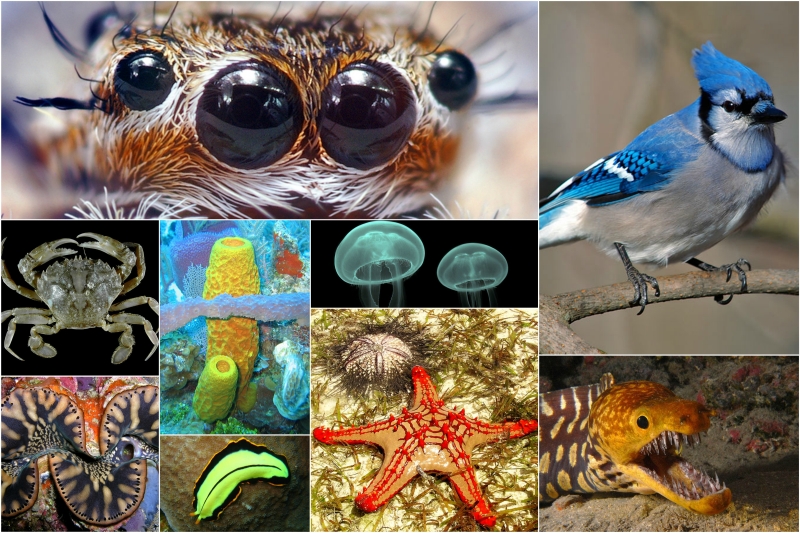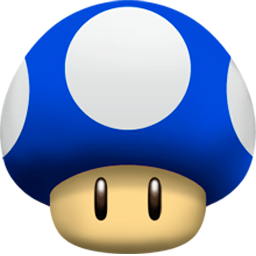All about animals

Beasts, or theria (Latin Theria) is a subclass of mammals that unites all modern viviparous mammals that give birth to cubs without laying eggs (including both placental and marsupials). Almost all modern mammals, including humans, are animals (theories). The subclass of animals among mammals is opposed to a subclass of oviparous pericosters. In some (mostly outdated) classifications, the terms Mammals and Animals are synonyms, and in terms of theories, the term Real beasts is used; In these classifications pervozveri are a subclass of animals. Representatives of animals have external ears (which can be lost in some water, for example, dry seals), their cubs can be fed from the chest, and they have an ankle that increases the strength of their movements (there are no ankles in those whose hind legs have atrophied - cetaceans and sirens ). Animals are often classified according to the pattern of fusion of teeth.
Animals (Latin Animalia) - traditionally (from the time of Aristotle) the distinguished category of organisms, is now considered as a biological kingdom. Animals are the main object of study of zoology. Animals belong to eukaryotes (there are nuclei in cells). Classic signs of animals are: heterotrophy (food prepared organic compounds) and the ability to actively move around. However, there are many animals leading an immobile lifestyle, and heterotrophy is also characteristic of fungi and some parasitic plants.

Beasts
Classification
There are many different classifications of mammals. The standard classification at the level above the infrared classes is as follows:
- Mammalia class
- Subclass of Prototheria
- Theria Subclasses
- Infrastructure Metatheria (Marsupialia)
- Infrared Eutheria
Animals
The Russian word "animal" is formed from the "belly", in the past meant "life, property". In everyday life, under the terms "wild animals", "domestic animals" are often understood only mammals or quadrupeds terrestrial vertebrates (mammals, reptiles and amphibians). However, in science, the term "animals" has a wider meaning, corresponding to the Latin Animalia (see above). In the scientific sense, to animals, besides mammals, reptiles and amphibians, there are a huge number of other organisms: fish, birds, insects, arachnids, mollusks, sea stars, all kinds of worms, etc. At the same time, many heterotrophic protists and Divided the animals into sub-kingdoms: unicellular Protozoa and multicellular Metazoa. Now the name "animals" in the taxonomic sense is fixed for multicellular. In this sense, animals like the taxon have more specific signs - they are characterized by oogamy, multi-tissue structure, the presence of at least two germinal leaves, stages of blastula and gastrula in embryonic development. Man refers to the animal kingdom, but is traditionally studied separately. The vast majority of animals have muscles and nerves, and not having their groups - sponges, lamellar, Mesozoic, and cetosporidia - may have lost them again. At the same time, in science the term "animals" is sometimes suggested to be used even more broadly, implying that animals are not taxa, and the type of organization is a life form based on mobility. At present (Zhang, 2013), scientists have described more than 1.6 million species of animals (including more than 133 thousand fossil species, Zhang, 2013), most of which are arthropods (more than 1.3 million species, 78%), mollusks More than 118 thousand species) and vertebrates (more than 42 thousand species).
Origin of Metazoa
It is believed that the animals originated from the flagellate unicellular, and their nearest known living relatives are the hoanoflagellates, the collarbone flagellates morphologically similar to the hoanocytes of some sponges. Molecular studies have determined the place of animals in the supergroup Opisthokonta, which also include hoanoflagellate, fungi and a small number of parasitic protista. The name Opisthokonta denotes the posterior location of the flagella in a moving cell, as in most animal spermatozoa, while other eukaryotes usually have anterior flagellum.
The first fossil remains of animals belong to the end of the Precambrian (about 610 million years ago) and are known as the Ediacaran or Vendian fauna. They, however, are difficult to correlate with later fossils. They can be the ancestors of modern branches of animals, independent groups or not animals at all. Most of the known types of animals more or less simultaneously appeared in the Cambrian period, about 542 million years ago. This event - the Cambrian explosion - was caused either by the rapid divergence of groups, or by such a change in conditions that made petrification possible. However, some paleontologists and geologists suggest that the animals appeared much earlier than previously thought, perhaps even 1 billion years ago - at the beginning of the line. This is indicated by a reduction in the diversity of stromatolites around this time. In addition, there are imprints and burrows from the Tonias deposits, which indicate the presence of large (about 5 mm in width) three-layered worms, as complex as earthworms. However, this interpretation of these tracks cast doubt on the discovery that very similar traces on the bottom are left today by giant unicellular protists of Gromia sphaerica.
Description
All animals are heterotrophs - they directly or indirectly feed on other living organisms. According to the preferred source of energy, animals are divided into herbivorous, predatory (carnivorous), omnivorous and parasites. Animals vary greatly in life expectancy. Among the most long-lived - a colony of corals Savalia savaglia, whose age is 2700 years.
Animals in culture
Some religions and philosophies deny a person's belonging to animals and declare that he is a supreme being relative to them. For example, it is described in the Christian book Genesis from the biblical cycle: there the animals were created by God arbitrarily, and man - like the divine, and the animals were given to him for service.


Comments
When commenting on, remember that the content and tone of your message can hurt the feelings of real people, show respect and tolerance to your interlocutors even if you do not share their opinion, your behavior in the conditions of freedom of expression and anonymity provided by the Internet, changes Not only virtual, but also the real world. All comments are hidden from the index, spam is controlled.